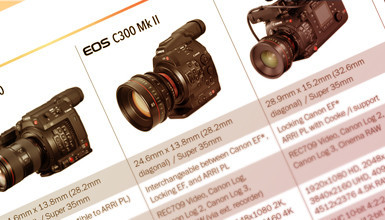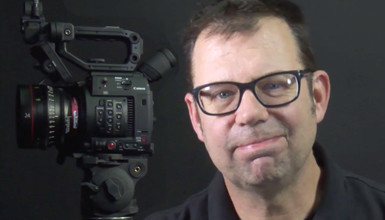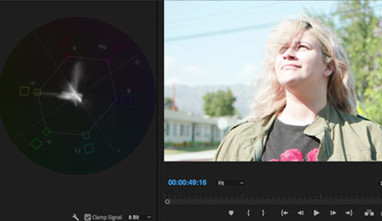To recap, LUTs are a temporary, non-destructive viewing transform intended to "normalize" footage in, usually, a logarithmically encoded brightness space and, again usually, a wide gamut color space, to a gamma-encoded brightness range and different color space for viewing on monitors both on set and in post. In recent years, LUTs have also become a tool to allow for a quick conversion from Log to a fully, or nearly so, graded image for rendering final output. Many high-end colorists scoff at using a LUT to grade footage — theoretically, any colorist worth her salt should be able to equal and exceed what a LUT can do, and without the constrainsts inherent in the approach of a simple data structure like a lookup table. But for those of us without the skills and experience of a professional colorist, or without the time to devote to a full color grade on some of our projects, LUTs can be a quick and easy way to put a subject-appropriate look on footage without having a degree in "color-ology."
Several years ago, we made Canon's original 1D LUTs for their first-generation Cinema EOS cameras (the C100, C300, and C500) available in a more useable format. Today, happily, Canon has moved beyond using an antiquated spreadsheet notation for their 1D LUTs, which can be downloaded and used as-is. As mentioned above, their 3D LUTs, here updated as of October 2018, use a version of the original IRIDAS (now owned by Adobe) .cube format that tends not to play nicely with modern editing environments. Always trying to be helpful, we've taken the '33x', or 33-sided, versions of these LUTs — easily the most popular/common LUT "resolution" — and converted them to a more palatable .cube variant known as 'Resolve Legacy' using the swiss army knife of LUT utilities, Lattice.
These LUTs are otherwise unmodified and provided as-is to anyone who has run up against this issue in trying to apply Canon's LUTs in their editing/post environment. A ZIP file (22.5MB) is available for download.
Additionally, we've created a couple of creative LUTs to give folks shooting the Canon Log picture styles versions of the free "film look" LUTs that have been included with DaVinci Resolve for many years now. These LUTs, emulating popular Kodak and Fujifilm print stocks, were originally made against the abuelito of logarithmic encoding schemes: Kodak's Log Cineon. They have previously required a sometimes destructive conversion of Canon Log footage first to Cineon and then to REC709 and so tended to provide inconsistent results when used with Canon's bespoke Log curves. These versions are, as much as possible, meant to match the middle gray values of Canon's custom Log curves and, hopefully, will provide a better match when you're looking to infuse your project with a little film flair. We've created versions for original Canon Log (aka Canon Log 1) as well as Canon Log 2. For Canon Log 3, the clog1 versions will likely work best for most footage. Download the film look LUTs here.














AbelCine encourages comments on our blog posts, as long as they are relevant and respectful in tone. To further professional dialog, we strongly encourage the use of real names. We reserve the right to remove any comments that violate our comment policy.
AbelCine publishes this blog as a free educational resource, and anyone may read the discussions posted here. However, if you want to join the conversation, please log in or register on our site.
We use Disqus to manage comments on this blog. If you already have a Disqus account registered under the same email as your AbelCine account, you will automatically be logged in when you sign in to our site. If not, please create a free account with Disqus using the same email as your AbelCine account.